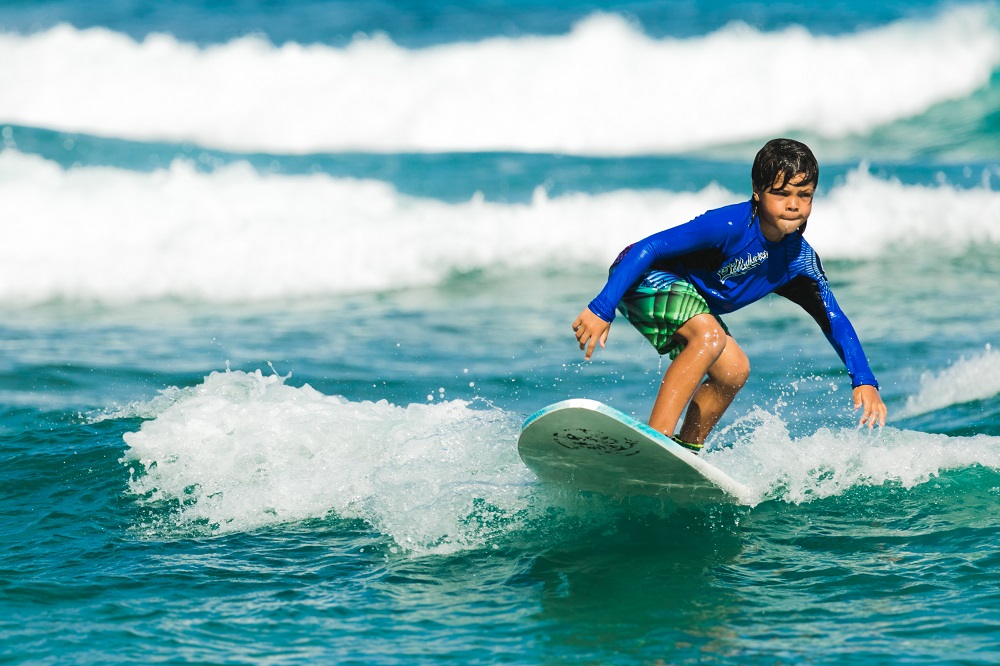
Mastering the art of turning on your surfboard is a key step to surfing with style and confidence. Whether you are a beginner or looking to refine your techniques, knowing how to control your turns is essential to fully enjoy every wave. Proper movements not only improve your balance but also help you anticipate and harness the power of the swell. In this article, we explain the methods, practical tips, and common mistakes to avoid to successfully execute your turns. You will also discover why choosing the right surfboard plays a crucial role in your learning process.
Being able to perform a smooth turn on your surfboard is not just an aesthetic gesture. It is a strategic skill that directly influences your ability to gain speed, link maneuvers, and stay on the wave longer.
By mastering the art of turning on your surfboard, you optimize:
Your balance and control.
Your positioning on the wave.
Your personal surfing style.
A good turn also helps you avoid collisions, better manage crowded line-ups, and surf more safely.
Starting with a larger board makes catching waves easier and improves stability. Avoid small boards when you are a beginner, as they make learning more difficult.
A bigger board provides better buoyancy, allowing you to maintain balance more easily and execute your first turns without losing speed. Additionally, it allows you to stay on the wave longer, giving you more opportunities to practice and progress quickly.
💡 Tip: A longboard or a “funboard” is often recommended for beginners before moving on to shorter models.
To turn effectively, you first need a stable and dynamic posture:
Feet shoulder-width apart.
Knees slightly bent.
Eyes looking in the direction of the turn.
The turn starts from the upper body: rotate your shoulders and hips in the desired direction. The board will naturally follow this movement.
The smoother your coordination, the more fluid your turn will be.
To turn efficiently:
Apply slight pressure on your back foot to initiate the turn.
Shift your weight forward to maintain speed.
Even experienced surfers can make errors that affect the quality of their turns:
Looking at your feet instead of the wave direction.
Stiffening your legs, reducing maneuverability.
Starting with a board that is too small, complicating learning.
Turning only with your arms without engaging your torso and hips.
Regular practice is key. Here are some exercises:
Sessions on small waves to work your turns gently.
Simulations on the beach to memorize your posture.
Surfskate (special skateboard) to reproduce movements off the water.
Beyond technique, your personal style will make the difference.
Work on your fluidity by avoiding abrupt movements.
Aim to link turns to create a natural rhythm.
Observe experienced surfers and learn from their positioning.
Mastering the art of turning on your surfboard is a skill that transforms your experience in the ocean. With the right board, proper technique, and regular training, you can navigate with more confidence and style.
Don’t wait to put these tips into practice: gear up, hit the water, and perfect your turns today!

Experience the fervor that drives us – a shared passion for surfing and combat training, creating a unique community united by the thrill of the waves and the art of fighting.

